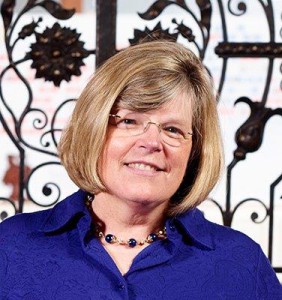 By phone, at seminars, and now at webinars, we field many questions from people who are interested in writing family histories. Here are a few of the most frequent questions we hear:
By phone, at seminars, and now at webinars, we field many questions from people who are interested in writing family histories. Here are a few of the most frequent questions we hear:
How do I get started? There’s no way around it: getting started can be difficult. You will have to shift mental gears. Take a step back, as if you’re zooming out with a camera, and begin thinking about your project as a potential manuscript, something different from your mass of research. Don’t wait until your research is done, or you’ll never get started. Just begin!
Look at some sample publications and see what inspires you. Then you’ll be ready to draw up an outline or table of contents, formulate a title, put your fingers on the keys, and begin writing.
How do I print or publish? Many questions we receive about “publishing” a book really relate to printing a book. In general, a printer prints, and a publisher adds services such as editorial assistance, design and layout, and indexing. If you’re comfortable producing your book yourself and creating a print-ready PDF, go directly to a printer — either an online service or a brick-and-mortar commercial printer that you can speak with directly. (Call or email first; some printers will not work with individuals but prefer to work with publishers.)
What software should I use? At NEHGS, we use Microsoft Word to write, and when all the content is final, we import the text into Adobe InDesign. Adobe products are expensive, however. Microsoft Word is fine for producing a publication. Further, it offers many useful features, such as the ability to automatically assign identification numbers in Register-style text, and the ability to add index “tags” and ultimately generate an index. You can then create a print-ready PDF.
Microsoft Publisher is excellent for page layout and easy to use — but has one key liability for genealogical publishing: it does not support footnotes.
How do I make the book interesting? Write about the time and the place; providing historical and geographic context will help your ancestors come to life. Also, look for common threads in your ancestry: was one or more ancestor in the Revolutionary War, or were some of them Loyalists? Did some move westward as the country expanded? Have many of your forebears tended to follow the same profession?
You can present the information within individual “sketches,” as separate chapters, or even as boxed inserts accompanying your text.
Probably no one else knows your family history like you do right now — I urge you to take steps to get it into writing!
For more on this topic, see “Writing Your Family History: Taking the First Step,” American Ancestors 15 (Spring 2014): 24–30, available to NEHGS members online at americanancestors.org/aam-vol-15-no-2/. Also see the Writing and Publishing Subject Guide at the NEHGS Online Learning Center, americanancestors.org/writing-publishing/.
You write that at NEHGS you use Microsoft Word. Do you not have any experience with Apple’s Mac computers so that is why you do not mention that possibility?
Hi, Betsey–
Yes, we have experience using both Word (and Publisher) and Adobe InDesign on Macs. (I use a Mac at home.) One key advantage of using Word for writing is that it offers the automatic-numbering capability. Is there Mac-only software that offers the same functions, or that you would particularly recommend for genealogical writing? If so, I’d love to investigate it.